Snuggled Under a Camphor Tree
1905 Redwood Craftsman Home
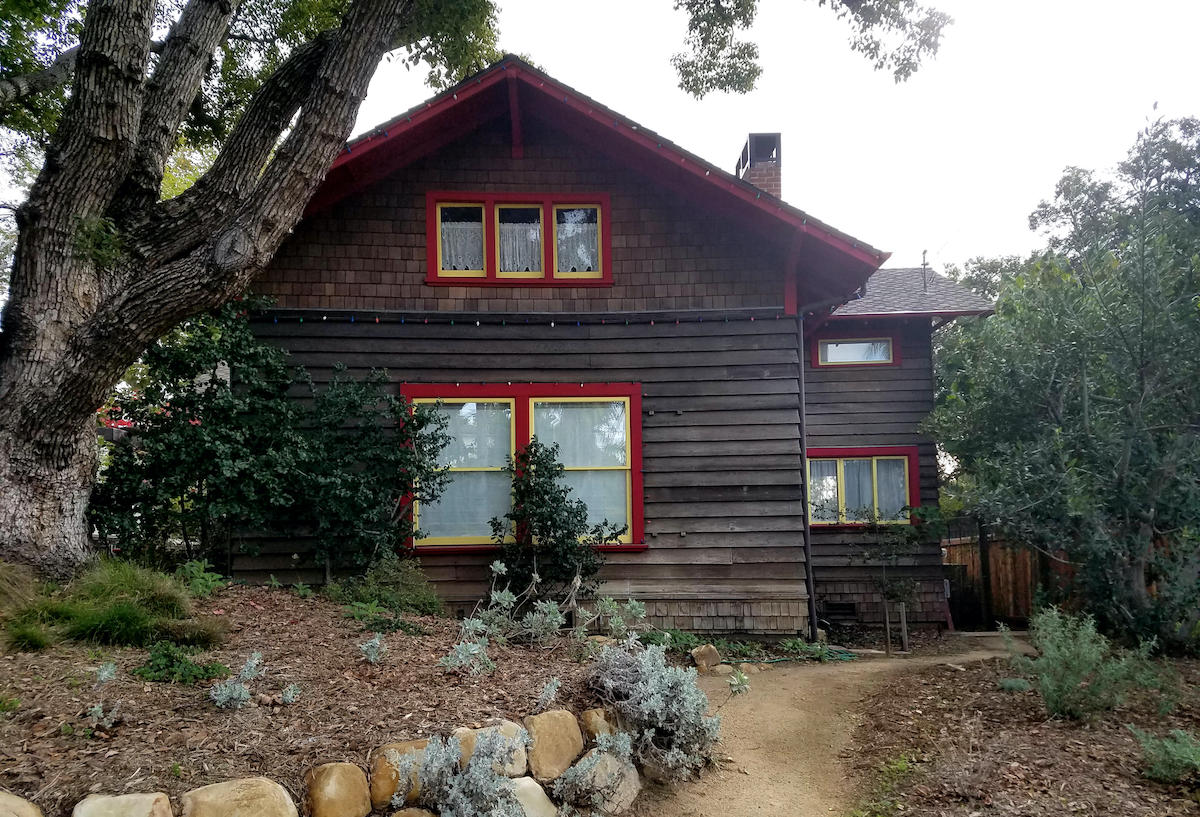
Snuggled beneath the canopy of a magnificent camphor tree sits a trim one-and-a-half story home that belies its age. The home was built in 1905 at the beginning of the Craftsman era, and one suspects that the tree was planted at the same time. Craftsman homes are characterized by a low-pitched gable roof with wide eaves and decorative braces beneath. These homes were the most popular style here in the decades before the 1925 earthquake. After the quake, Spanish Colonial Revival became the dominant style. Surprisingly, this home retains its original natural-color redwood exterior. Redwood was used inside the home as well. An informal boulder-lined path winding through the front yard adds to the charm.
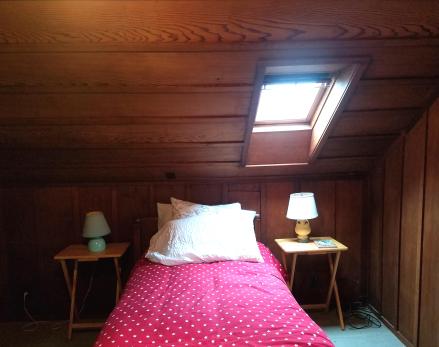
Camphor trees were recommended by the famous botanist Dr. Francesco Franceschi in a 1902 article in the Santa Barbara Morning Press. Perhaps the first homeowner took his advice. Dr. Franceschi sold the trees in his nursery, and wrote, “Cinnamomum Camphora, the well-known ‘camphor tree,’ combines together so many good points that I do not know if it can be excelled as a street tree.” Camphor trees are the designated street trees on several blocks in our city.
The home was built in 1905 for $2,000 by Katharine H. Powell, the widow of a distinguished cavalry officer. Captain Philip P. Powell was from West Virginia and had served in the Confederate Army before the Civil War. When the war broke out, he joined the United States Army and later served in the cavalry in Arizona. His obituary noted that “he served with distinction in the Cuban campaign” during the Spanish-American War of 1898. He died a few months before the home was built.
A Well-Known Builder
The house was built by Willis Wellington Varney, a highly respected builder. His obituary noted that he was a “long-time Santa Barbara building contractor and carpenter who built some of the leading homes and business houses in the city…. For more than 60 years he lived … at 519 Fig Ave.” That home is listed in the city’s Historic Resources Inventory.
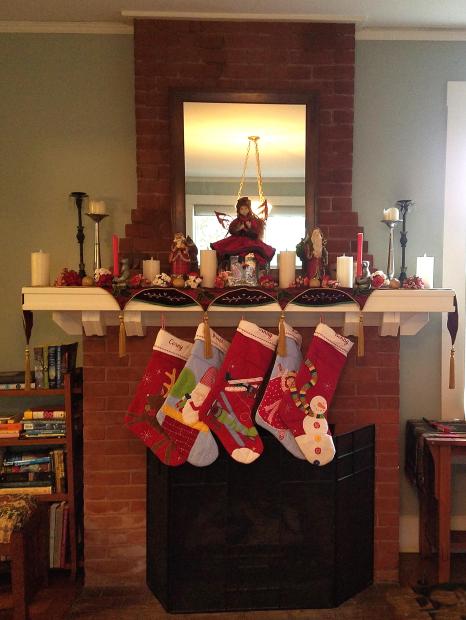
Noted S.B. architect Jeff Shelton works in the carriage house behind the Varney home. I asked him what it was like to work there. He told me, “I bump my head on the frame of the front door every morning, wind blows through the cracks in the walls, morning glory vines have found their way inside my office, odd-shaped and -sized lumber is sistered together to somehow work, the main beam holding up the second floor is a truss made with 2x10s, shims and a half-inch water pipe to resist tension, the sliding door falls off if I’m not careful when I open it each morning, I hear everything that goes on in the apartment above, I have a particle-board floor, and a nice rat drops by to say hi quite often. This is the best office anyone could ask for.”
Only Three Owners
I was amazed to discover that the 122 East Mission home has had only three owners in its 118 years of existence. Mrs. Powell sold the home about 1930 to attorney Harry WT Ross and his wife, Mabel. Harry died in 1955, and Mabel lived in the home until her death in 1980. When Bob and Kim Goda bought the home in 1980, they said it was a fixer. Fortunately, Bob — now retired — was a contractor, and patiently restored the home over the years, keeping its original Craftsman character inside and out.
The house has been enlarged and the kitchen has been updated, but the new blends seamlessly with the original. One change that was made over the years was to move the refrigerator from the back porch into the kitchen. In 1905, the original refrigerator would have been an ice box, so placing it on the back porch allowed easy access for the ice man. The Godas really appreciate the home’s Craftsman details. “We loved it from the start,” Kim told me.
Please do not disturb the residents of 122 E. Mission Street.
Betsy J. Green is a Santa Barbara historian, and author of Discovering the History of Your House and Your Neighborhood, Santa Monica Press, 2002. Her website is betsyjgreen.com.
Support the Santa Barbara Independent through a long-term or a single contribution.

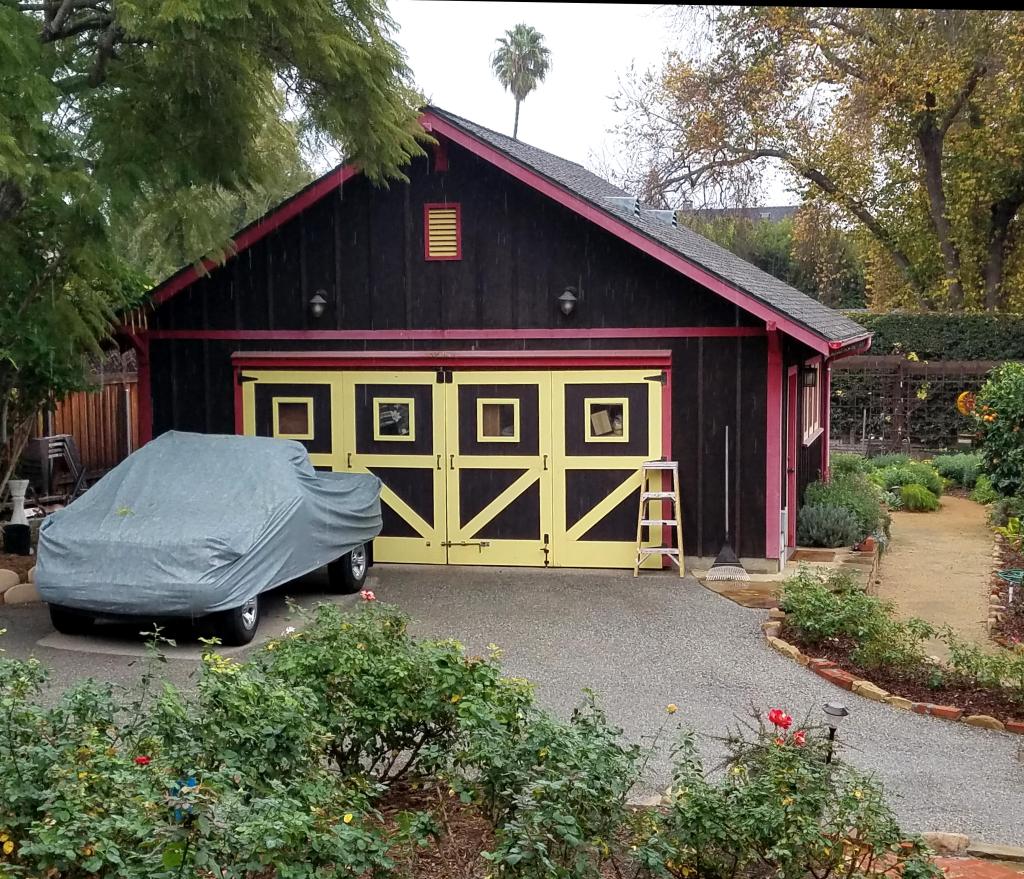
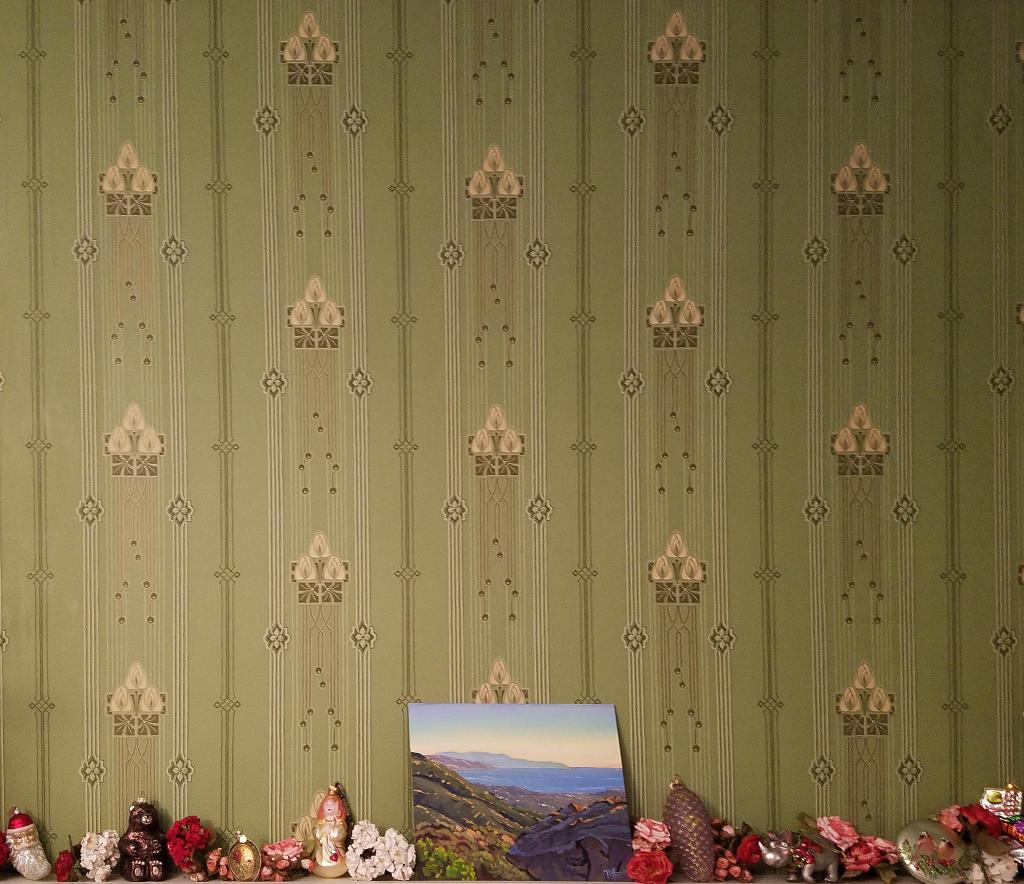



You must be logged in to post a comment.